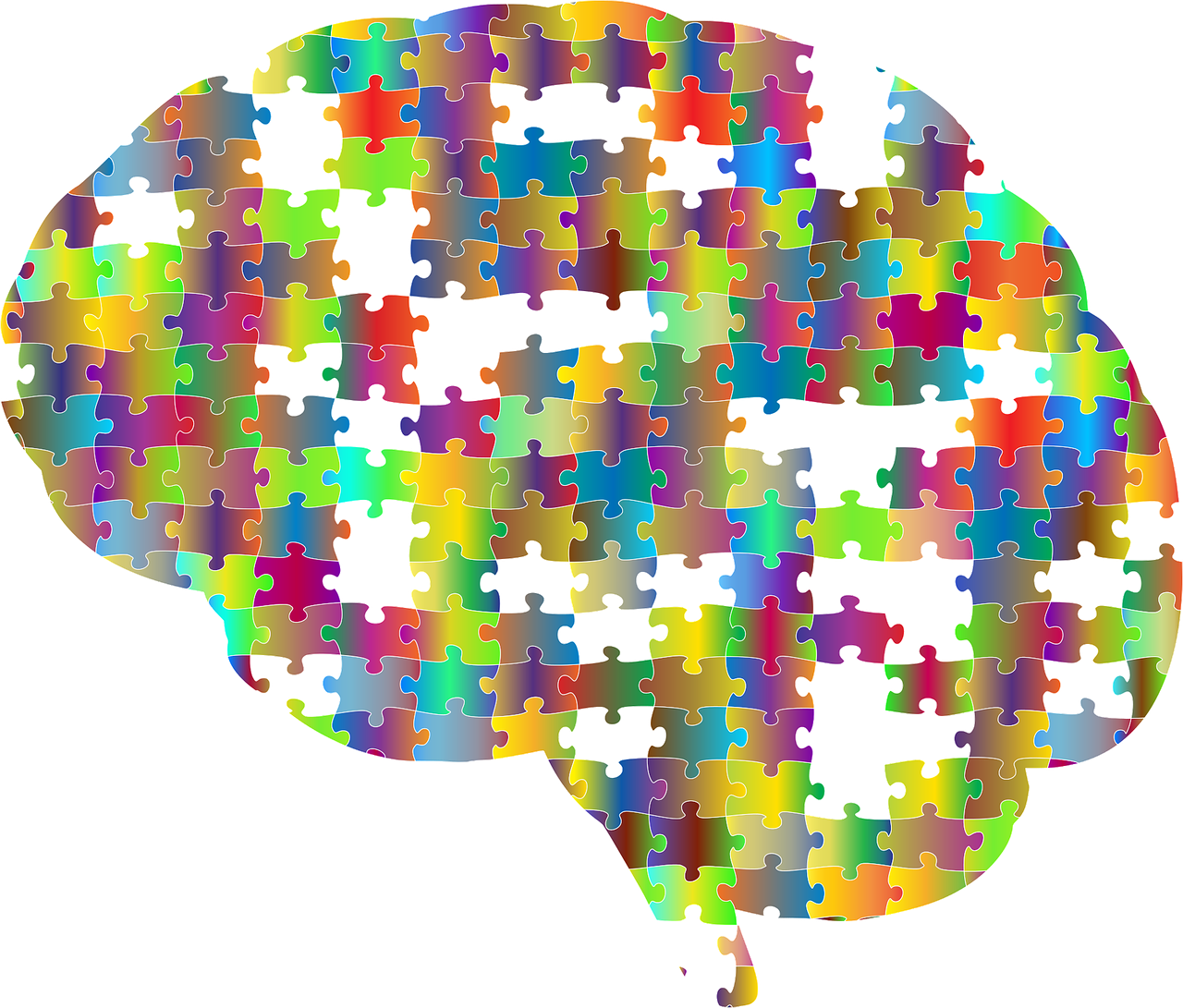Action for Brain Injury Week (17 to 23 May 2021)
14/05/2021

In September 2017 I sustained a brain injury following a cardiac arrest. You may recognise my name from the CPR training that has been held at Cranfield over the last few years. But this blog is not going to be about me – it is about raising awareness of brain injury and the consequences to the lives of people who acquire one.
What is a brain injury?
An acquired brain injury or ABI is an injury to the brain that is acquired after birth. There are many ways that a person can acquire one. This can be via a traumatic event such as a car crash, fall or assault. But brain injuries are not all traumatic; they may be a result of a stroke, brain tumour or hemorrhage, carbon monoxide poisoning, cardiac arrest or concussion. Brain injury is often misunderstood as when a person sustains an injury, for example a sprained ankle, after time the injury heals and in most cases is forgotten about. This is where brain injury is different. You can’t put a plaster on it, it will not fully heal. A brain injury is a life changing event and upturns the life and family of those who sustain one.
About the brain
This short video from Headway, the brain injury association, looks at some amazing facts about the greatest enigma and most fascinating object in the world – the human brain…
Types of brain injury
Traumatic brain injury
According to Headway, up to one million people sustain head injuries every year with no lasting effects but some may be left with a brain injury. During a car accident the head may be subject to rapid acceleration or deceleration where the brain can be rocked back and forth causing damage to nerve fibres. A road traffic accident is the most common cause of a traumatic brain injury but they can also be caused by sport injuries, assaults and falls to the head.
Stroke
A stroke happens when there is a disruption of the blood supply to the brain. The brain requires a good supply of oxygen and this is found in the blood that circulates through the brain. When a stroke occurs this oxygen supply stops and causes brain injury. We are all familiar now with the stroke warning signs abbreviated using the word FAST. Face dropping, Arms – unable to lift them, Speech slurred or difficult to understand and Time to call 999.
Brain tumour
These can be both malignant or benign. They are a growth of abnormal cells and can damage the structures of the brain causing them to die. They cause brain injuries by invading spaces in the brain causing pressure and disrupting brain function.
Hypoxic or anoxic brain injury
The brain needs a constant supply of oxygen to survive and if this is disrupted then irreversible damage is caused. There can be several causes of this type of injury including cardiac arrest, irregular heart rate, carbon monoxide poisoning or a very severe asthma attack.
Brain haemorrhage
A brain haemorrhage is bleeding around the brain which may have been caused by an aneurysm or a blow to the head. Haemorrhage is often a result of a traumatic brain injury.
Encephalitis
This is caused by an infection that has invaded the brain and causes inflammation of the brain. It can also be caused when the autoimmune system attacks the brain by mistake.
The consequences of brain injury
‘Brains are our control and command centre. Far more complicated than the most sophisticated computer system in the world. Under normal circumstances we live our lives and take for granted that our brain functions smoothly. It is only when tragedy strikes we become more aware.’ (Trevor Powell, 1994)
There are many challenges that brain injury survivors face daily. Consequences revolve around the four areas that are cognitive, physical, behavioural, emotional and social. Cognitive problems focus on the executive functions which include planning and organisation, attention and concentration, information processing and short term memory. Depending on the injury there may be certain physical disabilities, muscle weakness, visual problems, epilepsy, loss of taste or smell, problems with mobility and dyspraxia. These problems often result in behavioural and emotional problems such as low self esteem, anxiety, lack of insight and depression. The final consequence is the social side of life. Living with a brain injury as already shown can lead to devastating effects on day-to-day life. The loss of confidence can make it hard for a person to interact with people like they used to and this can lead to social isolation and social withdrawal.
Daily challenges of living with a brain injury
The day-to-day life of someone living with a brain injury can be very different and can take some time to get used to. Problems with memory, particularly working and short term, can make it hard to just remember what you are doing. For example a person may decide to make a cup of tea and go out of the room to put the kettle on but are then distracted by their meowing cat who wants some food. An hour later you may be sitting down to watch some TV and all of a sudden you remember you were making a cup of tea. You go into the kitchen and the mug is out and the kettle is warm but just can’t remember if you did make the cup of tea. It can be very frustrating and tiring. Fatigue is a major symptom of brain injury. It is not always physical fatigue but brain fatigue. You may wake up in the morning and feel completely exhausted. This is caused by the changes to the neuro pathways within the brain. The adult brain on average has one trillion brain cells. If the brain is injured it needs to find new neuro pathways to communicate. This change is explained in what is called the backstreet analogy.
- Imagine a busy town in the morning rush hour – this represents the neural pathways.
- Imagine a massive gas explosion causes the traffic to come to a halt on the main roads causing gridlock – this represents the brain injury
- Diversions are set up and you get moved to the backstreets. You move a lot more slowly and it takes longer to get to work
- Overtime the backstreets become a lot more familiar and you allow more time to get to work
This analogy is an excellent way to describe the problems with information processing a brain injury survivor encounters daily. You may be asked a simple question and you know the answer is there but it just takes you a little bit longer to get there. As the brain is working so much harder to just live day-to-day, fatigue levels are high.
Helping a person with a brain injury
Family members and friends play a major role in rehabilitation following brain injury. It will be scary to see the person whilst they are recovering but it is important for the social network to be there. It is important for everyone to recognise that it is just not a scary time for the one with a brain injury, it is equally scary for the loved ones they may have.
Headway is the Brain Injury Association and they can be contacted about anything regarding brain injury. They run support groups where survivours can meet and talk to like minded people who are going through the same journey. Headway play and important part in the rehabilitation progress. There are local centres in Bedford, Milton Keynes and Swindon. I have attended the Bedford branch for a couple of years and have learnt so much about my brain injury through their brain injury education programme. I think you need to understand what is going on to be able to move on and live your life fully. This is for both the person with a brain injury and their family and friends. Headway also has a great website where you can find information about anything you need to know about brain injury.
Working at Cranfield University with a brain injury
I had worked in the library at Cranfield University for 17 years before I had my brain injury. I would have to say that I don’t think there could be a more helpful and supportive group of people. I now have to deal with most of the challenges that I have listed above daily and my return to work was daunting but the encouragement from my work colleagues has made it so much easier. My colleagues in the library, the HR department, in health and safety and even the guys at the gym have been so understanding and helpful.
Categories & Tags:
Leave a comment on this post:
You might also like…
Landing at Cranfield: First-term experiences and life beyond the classroom
Starting a postgraduate course can feel daunting, especially if you’re new to the aviation industry. In this blog series, Adit Shah shares his journey on the Air Transport Management MSc at Cranfield. From first-term ...
Accelerating ambition: How Amelie Rohan engineered her future at Cranfield
In the world of high-performance automotive engineering, the gap between being a “fan” and being a professional is measured in more than just miles. It is measured in technical precision, hands-on ...
Study better and smarter in 2026
Happy new year! Now is the perfect time to reflect on your studies so far, thinking about what you’re doing well and where you need to focus a bit more attention. Getting back into ‘study ...
Cleared for the future: Why aviation leaders must embrace environmental sustainability
Environmental sustainability is not a niche concern for aviation anymore, it’s central to how we think about the future of our industry. In my work as an Associate Professor of Airport Decarbonisation, I see first-hand ...
Preparing your work for Turnitin submission
Before submitting your work into Turnitin for similarity checking, if you have used referencing software then you may need to take some important steps first. Mendeley and Zotero integrate with MS Word by embedding field ...
The fast track to supercar engineering: My Cranfield journey
It’s been a dream come true to work on some of the world’s most prestigious supercars – the Aston Martin Valhalla, McLaren 750 & Artura, the GMA T.33. But every successful ...






